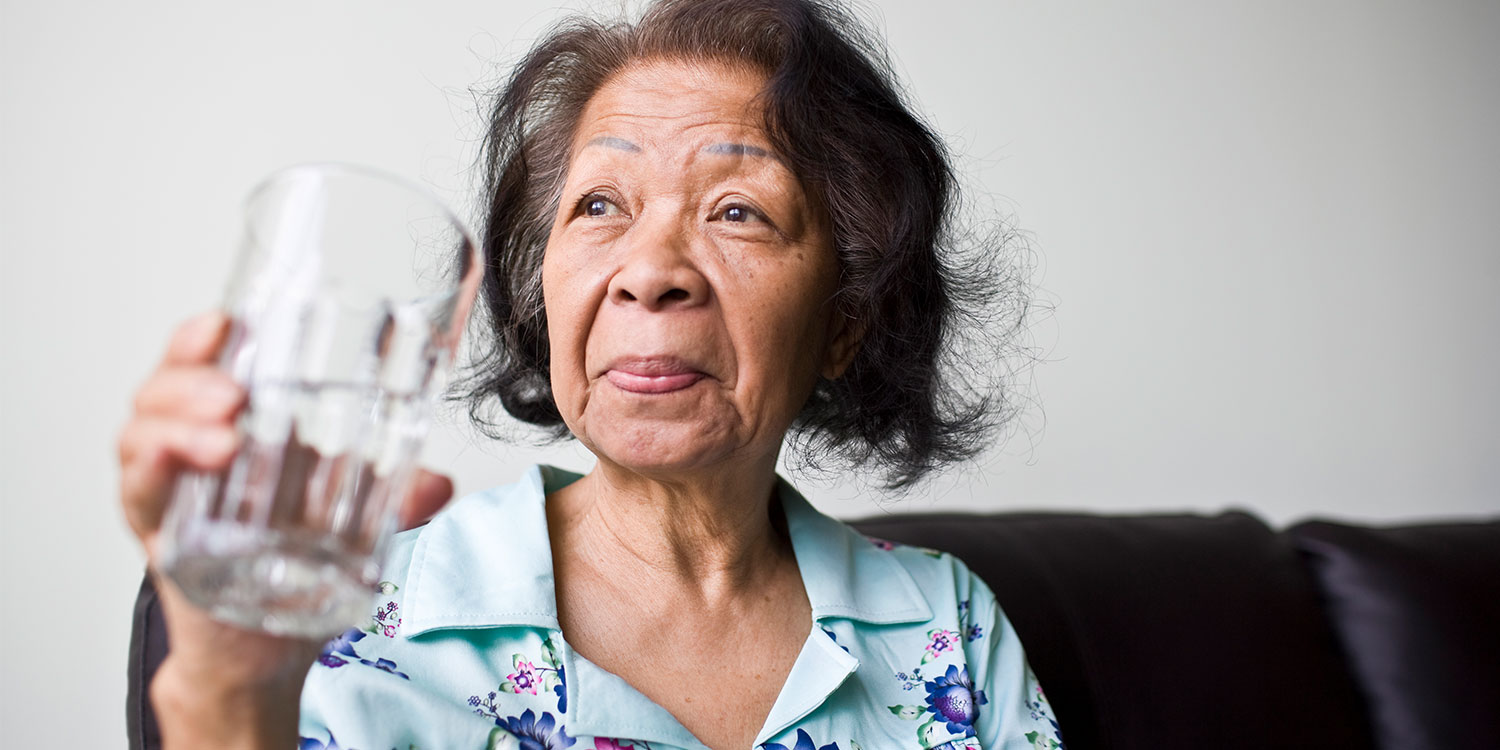UCLA researchers: Gregory Pierce and Grace Harrison
Funder: Water Research Foundation
Led by the Pacific Institute, LCI, the University of North Carolina Environmental Finance Center, and Corvias Infrastructure Solutions are researching emerging approaches employed by utilities implementing affordable water programs for low-income customers.
Researchers: Grace Harrison, Gregory Pierce, Lena Schlichting, Laura Landes, Steve Wilson, Hideyuki Terashima, and others
Led by Rural Community Assistance Partnership Incorporated, LCI and partners will conduct 10 assessments for drinking water quality/compliance in 10 states over the next four years. This report will enable water system managers to identify solutions and access federal funding for much-needed water quality improvements.
Researchers: Emily V. Bell, Katy Hansen, and Megan Mullin
Funder: U.S. Geological Survey
The authors find that 1) fragmented data across state agencies reduce the ability to assess a community water system’s overall condition, 2) identifying relationships among different dimensions of performance can help assess system resilience, 3) balancing affordability with reliability over time is an ongoing challenge, and 4) focusing only on safe drinking water compliance in research and oversight may overlook other critical vulnerabilities.
Researchers: Emily V. Bell, Katy Hansen, and Megan Mullin
Funder: U.S. Geological Survey
This study focused on understanding correlations among different dimensions of drinking water system performance and resilience. The researchers present a network-based method to describe the relationships between dimensions within and across systems. They find that in North Carolina community water systems face tradeoffs in water affordability and long-term reliable service.
Researchers: Itzel Vasquez-Rodriguez and Gregory Pierce
Distrust of tap water is partly driven by undetected issues with “premise plumbing;” the pipes that move water from a distribution network to the tap in a home, school, or business. In partnership with the Los Angeles County Chief Sustainability Office, LCI researchers developed 22 specific recommendations, presented within five policy briefs, to guide 1) Los Angeles County; 2) the State of California; 3) landlords; 4) community water systems; and 5) advocacy organizations on how to reduce premise plumbing issues and help improve trust in tap water.
Researchers: Gregory Pierce, Laura Landes, Grace Harrison, Lena Schlichting and Lauren Dunlap
Researchers provide a comprehensive roadmap for what the first national assessment of drinking water quality compliance can and should look like in the next decade.
Researchers: Arianna Hernandez, Gregory Pierce
This study uses the 2019 American Housing Survey to produce the first joint, nationally representative analysis of household reliance on wells and septics in decades. Researchers find that there are lower proportions of U.S. households in the regulated water grid than other contemporary estimates.
Researcher: Megan Mullin
This discussion of the local political economy of drinking water provision reveals the constraints on community water systems that affect their performance when confronting drought hazards. Fragmentation in responsibility for drinking water contributes to disparities in drought vulnerability, preparation, and response across households and communities.
Researchers: Gregory Pierce, Kelly Trumbull, Peter Roquemore, and many others
This assessment provides foundational information and recommendations to guide the state to achieve the Human Right to Water. The results illustrate the breadth and depth of challenges to safe and affordable water supply provision across system types in California.
Researchers: Gregory Pierce, Peter Roquemore, Kelly Trumbull, and Julien Gattaciecca
This study published by the California State Water Board and supported by UCLA research identifies a risk for failure among a significant portion of the state’s small and medium-sized public water systems. The report is the first comprehensive analysis of how clean water is provided in California, and it estimates how much it would cost to deliver safe water to every resident.
Of the 2,779 public water systems evaluated in the study, nearly half are at some risk of failing to provide an adequate supply of safe drinking water. To measure the health of water systems, the researchers assessed each water system using 19 indicators for water quality, accessibility, affordability, and operational capacity. Learn more.
Researchers: Gregory Pierce and Silvia R. González
With sponsorship from First 5 LA, LCI conducted several research and program development activities to support the implementation of Assembly Bill (AB) 2370. AB 2370, approved by California lawmakers in 2018, establishes requirements for testing lead exposure in drinking water in child daycare facilities. Our work included:
- helping to analyze the likely extent of lead issues in daycare facilities under different testing threshold level scenarios;
- hosting convenings of policy, advocacy, and community stakeholders in Los Angeles County featuring lessons learned from the lead testing in schools program, and
- analyzing existing water use practices and perceptions among daycare facilities to inform program design.
Researchers: Gregory Pierce and Kyra Gmoser-Daskalakis
A study by LCI found significant disparities in the quality, affordability, and accessibility of water across Los Angeles County. However, the number of health-related water-quality violations in the county is quite low compared to other parts of Southern California, the researchers concluded.

